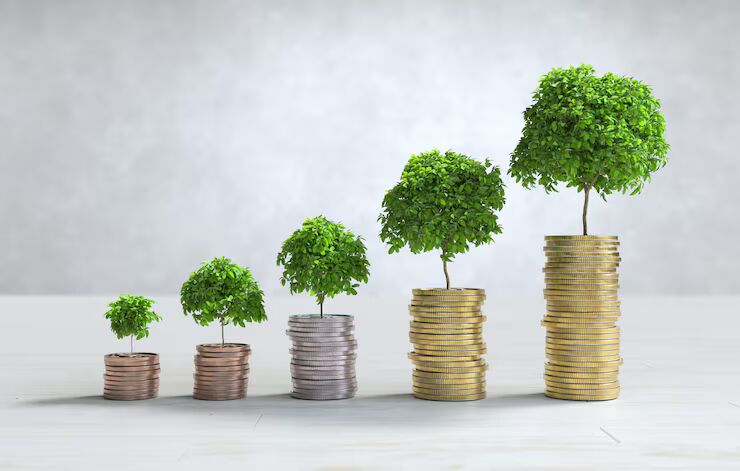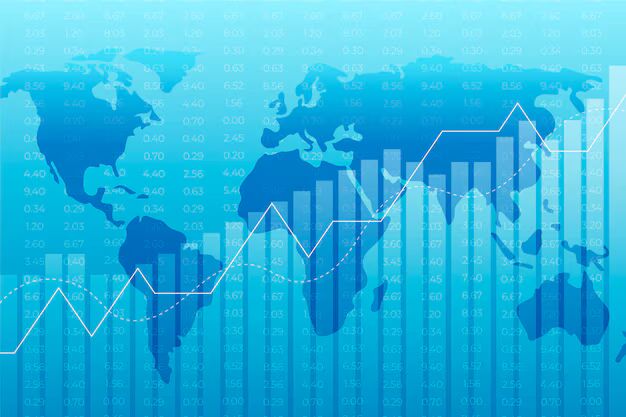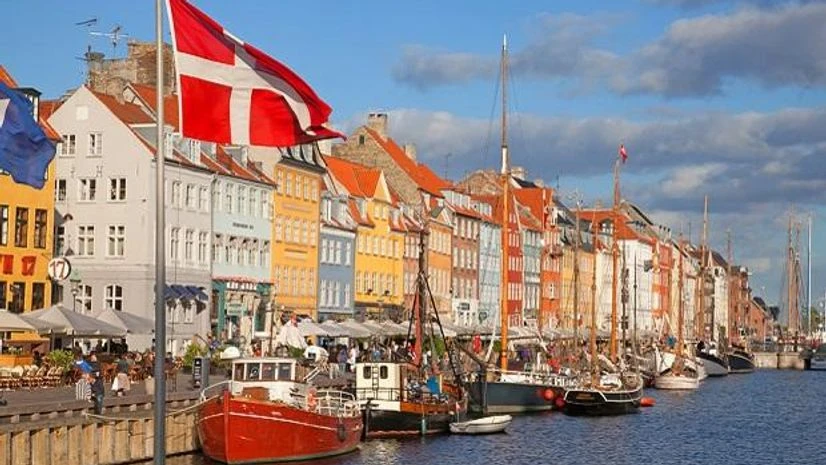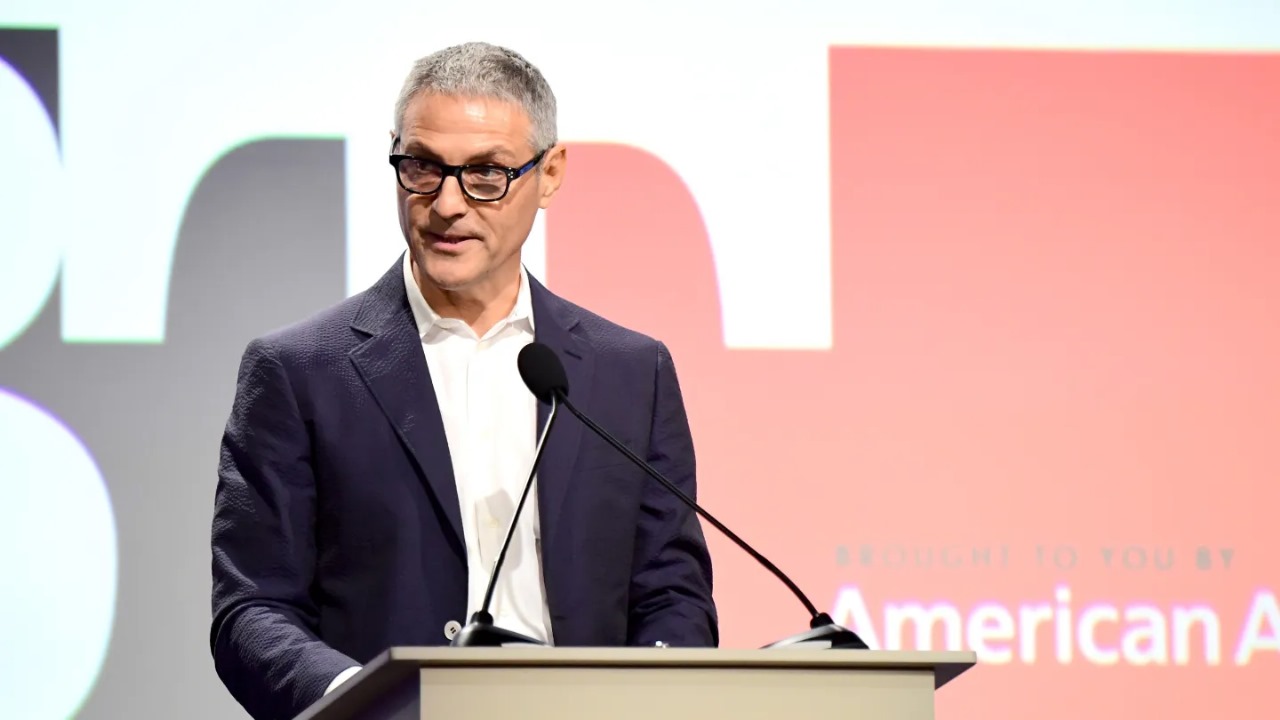Denmark’s Economic Strength In 2025: Balancing Growth With Market Concentration Risks


Denmark enters 2025 with one of Europe’s most resilient and admired economies, marked by steady growth, strong welfare systems, and a reputation for innovation. The country consistently ranks high on global indices for competitiveness, quality of life, and economic equality, reflecting a balance between free-market principles and social protections. Yet beneath this success lies a growing debate about the risks of market concentration, with some sectors dominated by a few major players. As the Danish economy grows stronger, policymakers, businesses, and citizens are increasingly aware of the challenge of sustaining growth while ensuring healthy competition.
At the heart of Denmark’s economic strength is its ability to blend openness with stability. The Danish model has long been characterized by high levels of trust between government, business, and society, creating a favorable environment for both domestic companies and foreign investors. In 2025, Denmark continues to benefit from a highly skilled workforce, advanced digital infrastructure, and a strong green energy sector that positions it as a global leader in sustainability. Exports remain robust, driven by pharmaceuticals, renewable energy technology, agriculture, and design-based industries. These factors contribute to consistent GDP growth, with international observers praising Denmark’s ability to weather global challenges better than many of its peers.
One major driver of recent success is Denmark’s leadership in renewable energy and sustainable technology. With ambitious climate targets and investments in wind power, green hydrogen, and energy efficiency, the country has not only reduced its dependence on fossil fuels but also built an industry that generates jobs and exports. In 2025, Danish companies like Ørsted and Vestas continue to dominate the global renewable energy market, making sustainability not just a moral commitment but also a profitable economic engine.

The pharmaceutical and life sciences sector also plays a crucial role. Danish companies such as Novo Nordisk are global giants in biotechnology and healthcare innovation. Their success has contributed significantly to national revenue, international recognition, and job creation. However, the dominance of a few firms also underscores the risks of market concentration, as the health of the national economy can become overly dependent on the performance of select industries and corporations.
This concentration is not limited to pharmaceuticals. In retail, shipping, and energy, a small number of large companies hold significant market share. While this provides stability and global competitiveness, it raises questions about whether smaller enterprises are receiving enough support to thrive. For a country that prides itself on inclusivity and equality, the challenge lies in ensuring that the benefits of economic growth are widely distributed and that innovation does not become stifled by monopolistic tendencies.
The Danish government remains proactive in addressing these issues. Regulators are paying close attention to competition policy, ensuring that mergers and acquisitions do not erode market diversity. There is also growing focus on supporting startups, small businesses, and entrepreneurs through tax incentives, access to capital, and digital innovation hubs. In 2025, Denmark has expanded programs designed to encourage young entrepreneurs, particularly in technology and sustainability, signaling recognition that future growth depends on nurturing a broad base of economic players rather than relying solely on established giants.
Another important factor in Denmark’s economic debate is globalization. While international trade has long been a cornerstone of Danish prosperity, global uncertainties—from supply chain disruptions to geopolitical tensions—highlight the importance of resilience. Market concentration risks are magnified in such a context, as heavy reliance on a few companies or sectors can leave the economy vulnerable to shocks. Policymakers are therefore focused on diversifying both export markets and industrial bases, ensuring Denmark remains adaptable in an unpredictable world.

Labor market policies also play a key role in balancing growth with stability. Denmark’s “flexicurity” model, which combines labor flexibility with strong social protections, continues to draw international admiration. It allows companies to adapt quickly to changing conditions while ensuring workers enjoy unemployment benefits, retraining programs, and job mobility. In 2025, this system remains a cornerstone of economic resilience, ensuring that growth does not come at the expense of social cohesion. Still, as automation and digitalization reshape industries, there is an ongoing need to update skills and provide opportunities for lifelong learning, ensuring that smaller firms can benefit from technological advances and not be overshadowed by corporate giants.
Looking ahead, Denmark faces the task of maintaining its strong economy while addressing the structural risks posed by market concentration. The government, private sector, and civil society share an interest in striking this balance. If successful, Denmark can remain a global role model: a country that combines prosperity with fairness, innovation with inclusivity, and competitiveness with sustainability. The debate in 2025 is not about whether Denmark is strong—it clearly is—but about how that strength can be preserved and shared more evenly across industries and communities.
In conclusion, Denmark’s economy in 2025 exemplifies the benefits of smart governance, innovation, and sustainability. Yet its reliance on a handful of powerful companies raises valid concerns about long-term resilience. By promoting competition, supporting smaller players, and diversifying its economic foundations, Denmark can ensure that growth is both strong and sustainable. The future will depend on how well the country manages this delicate balance between success and risk in an increasingly interconnected global economy.
Film, TV, and entertainment industry news. Plus, every Friday, a special Awards Insider edition.
By signing up, you agree to our user agreement (including class action waiver and arbitration provisions), and acknowledge our privacy policy.
.jpg)
Denmark’s business future in 2025 thrives on digital innovation, green sustainability, and strong entrepreneurial support, making it a model for global competitiveness.
By Lars Nielsen
Denmark in 2025 stands as the EU’s most competitive business hub, driven by stability, innovation, sustainability, and a trust-based economy that attracts global investors.
By Emil Pedersen
Charter revamps cable bundles with streaming deals, prioritizing flexibility and affordability.
By Lars Nielsen
SiriusXM and Wondery secure top podcast deals to drive growth.
By Lars Nielsen
The biggest entertainment deals of 2024 and the power players behind them.
By Lars Nielsen
RedBird IMI acquires All3Media, expanding its global TV production empire.
By Lars Nielsen
As Disney dives into gaming with a $1.5 billion Epic Games play, Hollywood’s biggest studios are finally waking up to the power of video games as the ultimate IP gold mine.
By Lars Nielsen
Paris 2024 boosted On Location’s hospitality, driving Endeavor’s overall growth.
By Lars Nielsen